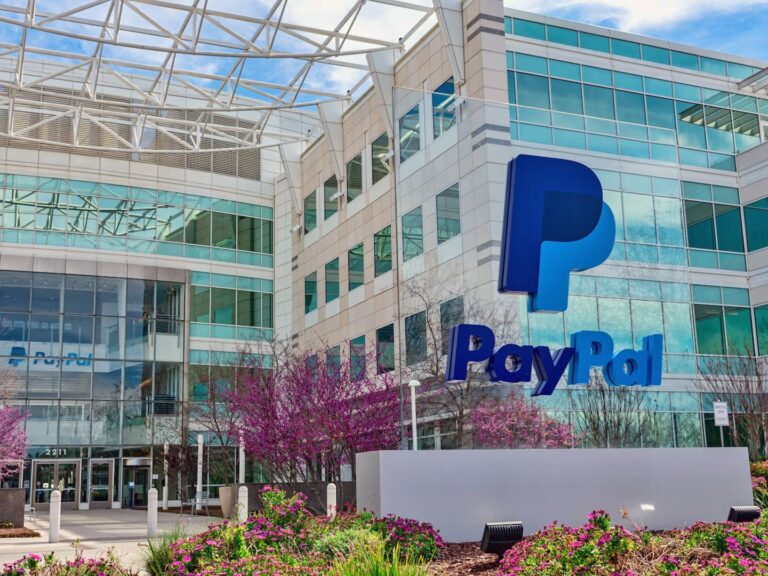Tether and Circle to Face Fierce Competition as TradFi Enters Arena, Fireblocks Says
According to Fireblocks, Tether and Circle will face serious competition as traditional financial institutions enter the stablecoin market.
Ran Goldie, SVP of Payments at Fireblocks, looks at the strategic moves stablecoin issuers are making to control the market.
Author: Ian Ellison | Edited by Sheldon Reback Updated April 15, 2025, 5:15 PM Published April 15, 2025, 4:24 PM

Basic information:
- Banks and payment services are looking to enter the stablecoin space as new regulations make it more accessible.
- Ran Goldie, senior vice president of payments at Fireblocks, noted that about 50 more stablecoins are expected to appear by the end of the year.
The competition for leadership in stablecoins is entering its third phase, according to crypto and digital asset storage company Fireblocks. Issuers like Tether, the largest token holder, and Circle, the second-largest, are gaining ground as the industry faces tighter regulations from the European Union’s Markets in Cryptocurrency (MiCA) regime and a bill pending in Congress in the United States.
According to Ran Goldie, the final stage will see both large and small banks joining the competition, as well as existing payment companies looking for optimal ways to integrate tokens into their business models.
Stablecoins, which are blockchain-based tokens that are mostly pegged to the US dollar, have become a significant segment of the business. Tether’s USDT leads the way with a market cap of close to $145 billion. Circle’s USDC has more than $60 billion in circulation and is considering an IPO on the New York Stock Exchange. According to Standard Chartered, the stablecoin market could reach $2 trillion by the end of 2028.
“We’ll see banks start issuing stablecoins, as envisaged by MiCA,” Goldie said in an interview. “You’ll see financial institutions like Robinhood, Ripple, and Revolut entering this market. There will probably be 50 more stablecoins by the end of the year.”
The industry has already been through two phases, Goldie said. The first phase occurred when USDC competed with regulated trading firm Paxos, which partnered with crypto exchange Binance to issue BUSD. Due to regulatory restrictions, Paxos had to stop issuing BUSD, and Circle won that round, Goldie added, pointing out that Paxos’s new USDG consortium is gaining traction and will likely play a major role in the future.
The second stage took place between Circle and Tether.
“USDC was aiming to surpass USDT, but then USDC suffered due to the collapse of Silicon Valley Bank and some other factors. It became harder for users to adopt the product, especially outside the US. At the same time, USDT has been growing strongly. I believe USDT will remain the leading dollar stablecoin outside the US. Circle will have to put in a lot of effort, which is something they have done in the past and something they are really good at.”
However, it is worth noting that USDC has received a MiCA license, which gives it access to 27 EU countries with a population of about 450 million people. USDT does not have such a license.
Increase in international payments
Stablecoins have become an important tool for transferring funds between volatile cryptocurrencies, meeting a particular need in the context of
Источник



